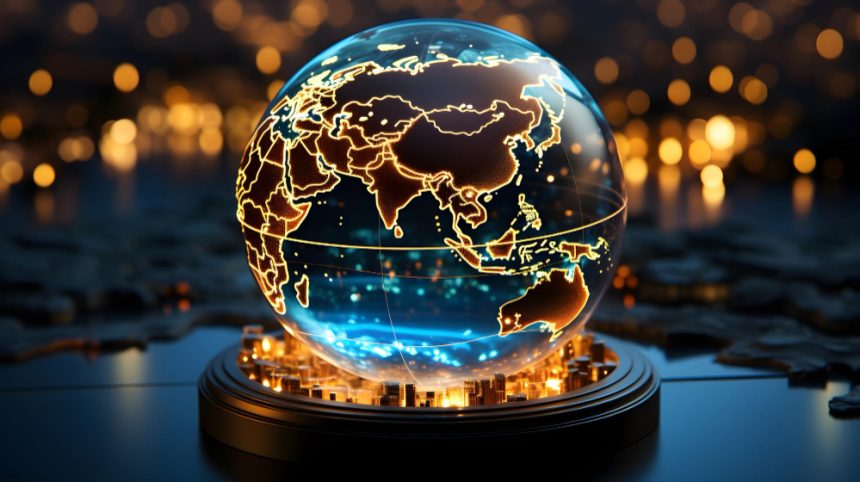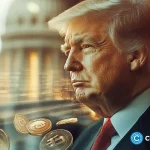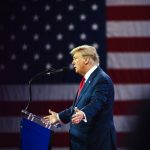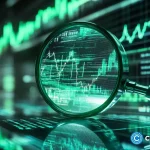Blockchain Technology and Real-World Asset Tokenization
Blockchain technology is rapidly evolving, fundamentally transforming traditional finance. A leading aspect of this transformation is the tokenization of real-world assets (RWAs). RWAs encompass a diverse array of both tangible (monetary, physical) and intangible (non-monetary, non-physical) assets. Tokenization is the process of converting these assets into digital tokens. In this article, we will explore comprehensive concepts surrounding real-world asset tokenization, including its definition, market prospects, tokenizable assets, examples, advantages, challenges, and more.
Key Takeaways:
- Real-World Asset Tokenization (RWA Tokenization): This process transforms real-world assets into digital tokens on a blockchain, enhancing liquidity and accessibility.
- Benefits of RWA Tokenization: In addition to liquidity and accessibility, it enhances transparency, allows for greater composability within the DeFi ecosystem, and has the potential to disrupt traditional finance.
- Challenges and Considerations: Despite its promise, RWA tokenization faces challenges such as regulatory uncertainties, market acceptance, security risks, and the need for increased education.
- Market Potential: The asset tokenization market is projected to reach an impressive $16 trillion by 2030, presenting significant opportunities for investors and businesses, according to Boston Consulting Group.
- Key Players: Prominent companies in the RWA tokenization space include Ondo Finance, Mantra, Polymesh, OriginTrail, and Pendle.
What is Real World Asset Tokenization?
Real-world asset tokenization refers to the conversion of physical or intangible assets into digital tokens that are stored on a blockchain. This process enables assets to be divided into smaller, more affordable units, thus facilitating distributed ownership. For physical assets, tokenization signifies ownership representation, while for digital assets, it entails translating digital rights or information into a tradable token. Tokens are often created using standards like ERC-20 or ERC-721 to ensure seamless trading and management across blockchain platforms such as Ethereum, Binance, and Solana.
Which Real-World Assets Can Be Tokenized?
Both tangible (physical) assets, such as real estate, commodities, art, infrastructure, and natural resources, as well as intangible (digital) assets, including intellectual property (IP), financial instruments, and royalties, can be tokenized. Below is a detailed breakdown:
- Physical Assets:
- Real Estate: Commercial and residential properties, land.
- Commodities: Precious metals, oil, agricultural products.
- Collectibles and Art: Artwork, antiques, luxury items.
- Infrastructure: Transportation systems, utilities, telecommunications.
- Natural Resources: Forests, mineral rights, water rights.
- Digital Assets with Real-World Ties:
- Intellectual Property: Patents, trademarks, copyrights, which represent digital rights with tangible value.
- Financial Instruments: Stocks, bonds, and derivatives existing in digital form but representing ownership or debt in real-world entities.
- Royalties: Income streams from creative works like books, music, and films, which are digitally represented yet tied to real-world revenue.
How Big Is The Real-World Asset Tokenization Market?
According to Boston Consulting Group, the asset tokenization market is expected to skyrocket to $16 trillion by 2030. Interestingly, only 0.3% of this market potential is currently being utilized. As the market is still in its infancy with low penetration levels, this presents a golden opportunity for innovative investors, institutions, and managers to develop technologies in the asset tokenization arena or embark on new ventures. This strategic positioning could result in significant profitability.
For those looking to capitalize on this opportunity, consider reaching out to BlockTech Brew for the development of a cost-effective and high-performing RWA tokenization platform.
Examples of Real World Asset Tokenization in Crypto
Here are some illustrations that highlight how RWA tokenization operates in the crypto space:
- Real Estate Tokens:
Real estate tokenization is a prominent use case. By breaking down property ownership into smaller digital tokens, it allows for fractional ownership. This makes it easier to invest in real estate without needing substantial capital or relying on intermediaries like banks.
- Bonds Tokens:
Tokenizing bonds is an emerging trend that streamlines the bond issuance process and automates tasks such as interest payments and maturity settlements. This reduces intermediaries and transaction costs, resulting in a more efficient and accessible bond market.
- Carbon Credits Tokens:
Carbon credits allow businesses to emit a certain amount of greenhouse gases. Tokenizing carbon credits enhances market transparency and efficiency, enabling easier trading of fractional credits, thus fostering greater participation in the green economy and creating new opportunities.
Process of Real-World Asset Tokenization
The RWA tokenization process comprises several key steps:
- Asset Identification & Regulatory Setup: This involves selecting a suitable real-world asset and ensuring compliance with legal regulations.
- Digital Token Creation: This step involves creating digital tokens that represent fractions of the asset.
- Smart Contract Deployment: Implementing smart contracts automates transactions related to the asset.
- Token Distribution and Sale: Tokens are sold to investors through various sales models.
- Asset Management and Governance: Token holders participate in asset management and decision-making processes.
- Secondary Market Trading: After launch, tokens can be traded on secondary markets, enhancing liquidity.
Detailed Steps in Tokenization
- Asset Identification & Regulatory Setup: This step involves identifying a real-world asset suitable for tokenization, such as real estate or commodities, and establishing a legal framework for its representation on the blockchain.
- Create The Digital Token: The initial stage of tokenization involves creating digital tokens that represent fractional ownership of the asset.
- Smart Contract Implementation: Smart contracts automate various transactions related to the asset, ensuring efficient management and distribution.
- Token Distribution & Sale: Once tokens are created, they are distributed to investors through different sales methods, enhancing market participation.
- Asset Management & Governance: Token holders gain rights to manage the asset and participate in related decisions, which should be clearly defined.
- Secondary Market Trading: Tokens can be traded in secondary markets, allowing for liquidity and flexibility in asset management.
What are the Benefits of Real-World Asset Tokenization?
The benefits of real-world asset tokenization are numerous:
- Increased Liquidity: Tokenization enhances the liquidity of traditionally illiquid assets by breaking them down into smaller tokens, facilitating easier buying, selling, and trading.
- Enhanced Accessibility: Tokenization eliminates geographical and financial barriers, allowing individuals from anywhere in the world to invest in tokenized assets, particularly in commercial properties.
- Transparency and Trust: The use of blockchain technology ensures transparent transaction records, fostering trust among investors.
- Cost Efficiency: By removing intermediaries, tokenization reduces transaction costs, making investments more affordable.
- Fractional Ownership: Tokenization allows for fractional ownership of high-value assets, making them accessible to a broader range of investors.
“`







